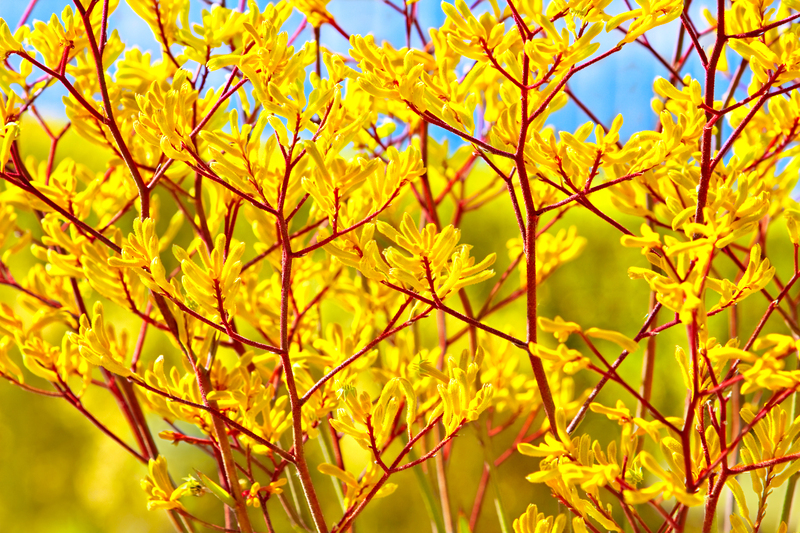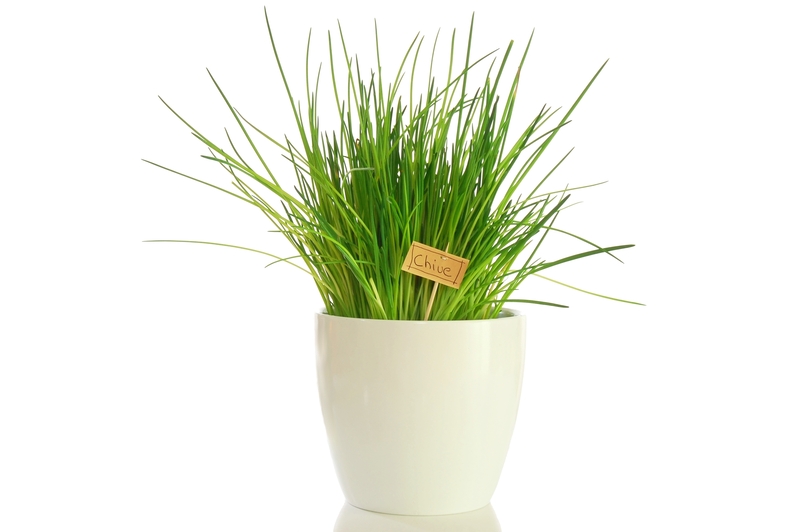Seasonal Garden Tasks: Winter
Posted on 30/08/2025
As the cold grip of winter tightens, many gardeners may be tempted to hang up their tools and wait for the warmth of spring. However, winter provides a unique set of tasks that can set your garden up for success in the coming growing season. Whether you have a sprawling yard or a modest balcony garden, there are plenty of activities to keep you busy and ensure that your plants thrive year-round.
Preparing Your Garden for Winter
Before winter fully sets in, preparing your garden can make a huge difference in minimizing damage from frost, ice, and snow. Start by giving your garden a thorough cleanup. Remove any dead plants, fallen leaves, and debris to prevent pests and diseases from taking hold. It's also a great time to weed, as weeds left to overwinter can be more difficult to control in the spring.
Additionally, consider mulching your garden beds. A thick layer of mulch helps to insulate the soil, keeping roots warmer and retaining moisture. Organic mulches such as straw, wood chips, or shredded leaves are great options. Mulching minimizes soil erosion that can occur during winter storms and helps mitigate moisture loss.

Winter Plant Protection
Protecting plants from harsh winter conditions is crucial, especially for perennials, shrubs, and young trees. Wrapping these plants with burlap or horticultural fleece can shield them from cold winds and deep freezes. For more tender plants, consider using cloches or cold frames.
Additionally, keep an eye on soil moisture. Winter winds can dry out the soil, even when temperatures are low. Watering during a winter dry spell can help keep your plants sufficiently hydrated. But be cautious: overwatering can lead to root rot, so ensure the soil is well-drained.
Winter Pruning
Winter is an ideal time for pruning many types of plants, as it is easier to see the structure of deciduous trees and shrubs without their leaves. Pruning promotes healthy growth and helps to shape plants. Remove any dead, diseased, or damaged branches first. For fruit trees, winter pruning encourages better fruit production in the spring and summer.
However, not all plants should be pruned in winter. Flowering shrubs that bloom on old wood, such as hydrangeas and lilacs, should be pruned after they flower in the spring or summer. Always use clean, sharp pruning tools to make clean cuts and minimize damage to the plants.
Composting
Winter doesn't mean an end to your composting efforts. While the breakdown of compost slows in colder temperatures, you can still contribute to your compost pile. Collect kitchen scraps, fallen leaves, and other organic matter. Turning the compost periodically can help keep it aerated, which aids in the decomposition process.
You may need to build an insulating layer around the compost bin to keep it from freezing solid. A simple way to do this is by piling straw bales or thick layers of leaves around the bin. By continuing to compost during winter, you'll have a rich supply of organic matter ready to enrich your soil come spring.
Planning and Maintenance
Winter is the perfect time for planning and maintenance, allowing you to reflect on the past growing season and prepare for the next. Spend some time reviewing which plants thrived and which struggled, and adjust your garden plans accordingly. Sketch out new garden designs, consider crop rotations, and order seeds and supplies.
Also, take this time to maintain your gardening tools. Clean and oil pruners, shovels, and other equipment to prevent rust. Sharpen blades for efficient cutting, and replace any worn-out parts. Properly maintained tools make gardening tasks easier and more enjoyable when the growing season returns.
Indoor Gardening and Houseplants
For those who crave greenery even in the depths of winter, indoor gardening can be a fulfilling pursuit. Houseplants not only add beauty to your home but also improve indoor air quality. Grow herbs on a sunny windowsill--thyme, rosemary, and basil are great choices.
If you have a bright, south-facing window or access to grow lights, consider starting seeds indoors. Growing seedlings indoors allows for a head start on the growing season, ensuring robust plants ready to be transplanted as soon as the danger of frost passes.
Monitoring for Pests and Diseases
Pests and diseases don't take a winter break, so vigilance is key to preventing problems before they start. Regularly check stored bulbs, tubers, and other dormant plants for signs of mold or decay. Inspect evergreens for scale insects and other pests.
Inside your home, keep an eye on houseplants for signs of indoor pests like spider mites or aphids. If you notice pests, remove them with a soft cloth or a gentle spray of water. For severe infestations, consider organic treatments such as neem oil or insecticidal soap.

Winter Wildlife Care
Your garden can become a sanctuary for wildlife even during the cold months. Providing food and water sources for birds and other creatures ensures that they remain a part of your garden ecosystem. Bird feeders stocked with high-energy seeds like sunflower or suet cakes can attract a variety of species.
Also, consider leaving some seedheads on plants like coneflowers or sunflowers, as these provide natural food sources. Birdbaths or shallow dishes of water can be essential for winter wildlife, but make sure to keep them clean and free of ice.
Conclusion
Winter may seem like the off-season for gardening, but it's anything but idle. With thoughtful preparation, care, and planning, you can ensure that your garden remains a vibrant and healthy space all year round. Whether you are mulching and pruning outdoor plants, fostering indoor greenery, or taking care of your gardening tools, these seasonal tasks lay the groundwork for a productive and beautiful garden in the months to come. Engage with the rhythms of the season, and you will be rewarded with a flourishing garden ready to burst into life when spring arrives.




